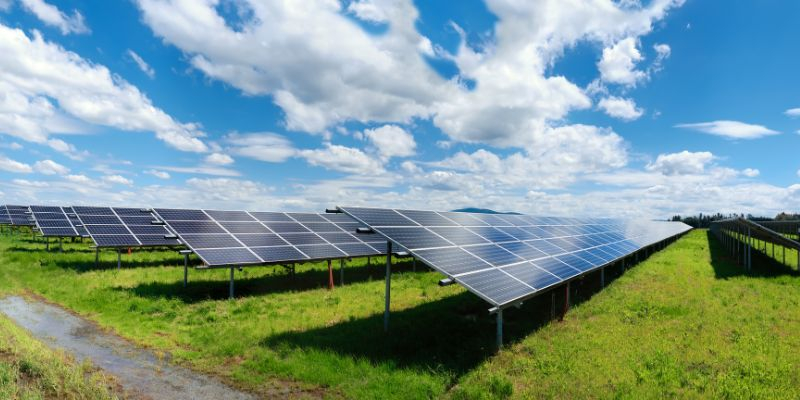Solar power – harvesting the sun
It’s mind boggling that 173,000 trillion watts of solar energy strikes the Earth every second, about 10,000 times more than our total energy use. You can see why we would want to harvest the sun’s amazing power – no costs of production, just the expense of capturing it.
Solar power in our homes will be an essential part of the overall push to rid the UK of greenhouse gases (GHGs) and help meet the government’s Net Zero target to protect the planet.
It’s also one of the most effective ways to reduce energy costs – and we’ve all been hit hard by the doubling in energy prices being charged by suppliers in 2022.
Solar is a popular form of low-maintenance domestic energy in the UK with nearly 1 million homes benefiting from solar photovoltaics (PV) for electricity, and 100,000 having solar thermal for hot water, according to figures from trade association Solar Energy UK.
Solar panels are normally mounted on the roof of a property and they harvest the sun’s energy, turning it into electricity or hot water, and that replaces energy you’d buy from the National Grid through your utility supplier.
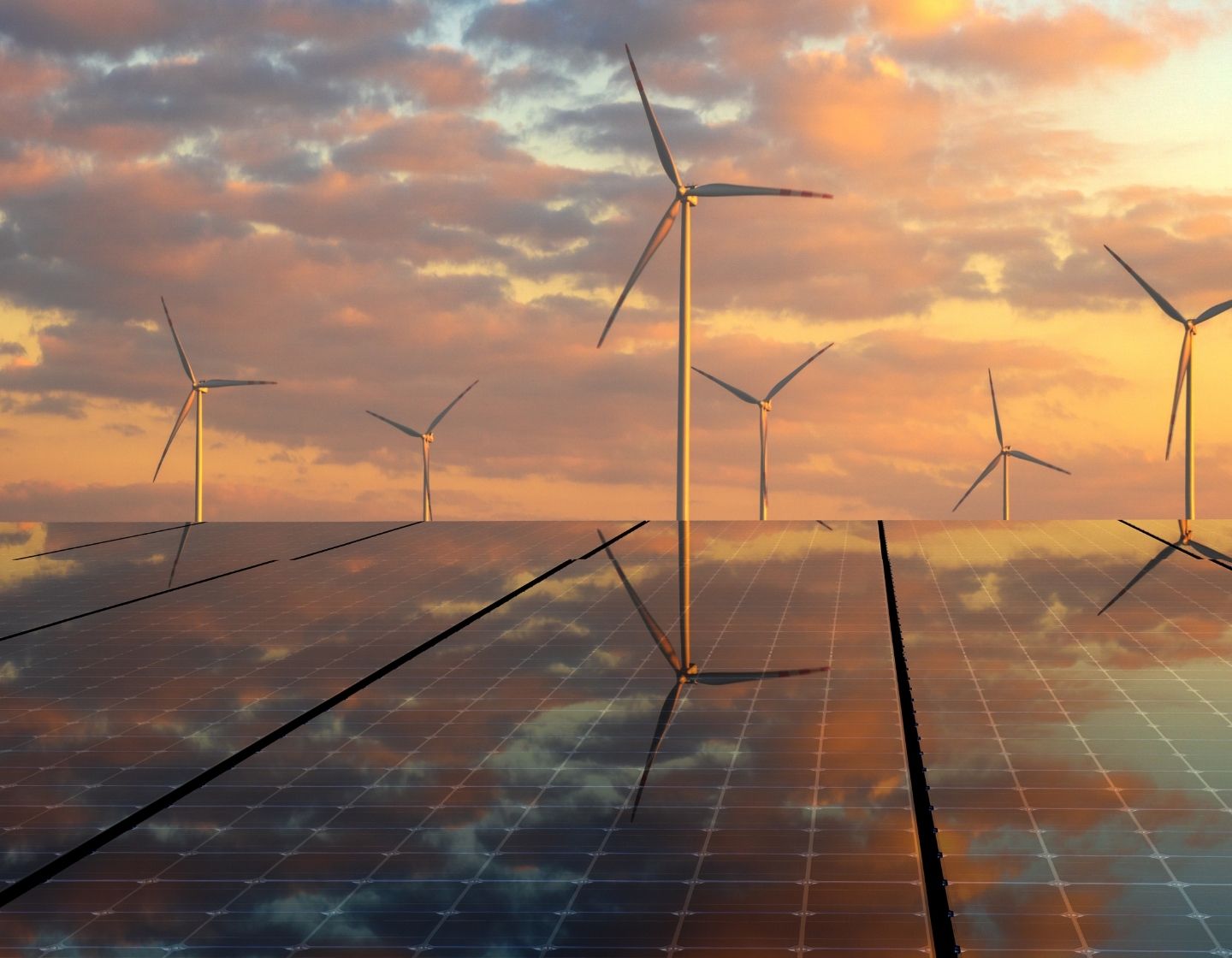
Lower bills
Generating your own electricity means lower bills and because solar is a clean energy source, you will help to reduce planet-harming greenhouse gases like carbon dioxide (CO2).
A well-designed solar array could generate 1,000kWhrs of energy per year for every 1kW of solar modules installed. And a typical system would save up to 1.6 tonnes of carbon per year. Over its working life, a solar PV installation would produce 30 times less CO2 than coal power on average.
The energy from your solar array is available to use in your home, or store in a battery to use when you need it. Every unit of electricity that you do not buy from your electricity supplier will be a saving on your electricity bill and after installation costs, a solar PV solution will provide electricity at around 5p per kWh. Compare that to the 34p per kWh under the government’s price guarantee scheme.
What’s more, since January 2020 you can sell any surplus electricity your solar array generates to the National Grid, getting payments from your energy supplier through the Smart Export Guarantee (SEG). Energy suppliers with over 150,000 domestic customers must buy any exported energy from you at a rate above zero. This helps to reduce the strain on power stations.
Further savings can be made with solar photovoltaic-thermal panels (Solar PV-T) that convert solar energy into both electricity and hot water. The hybrid solar panels combine the technology of PV and thermal panels to provide a twin-win.
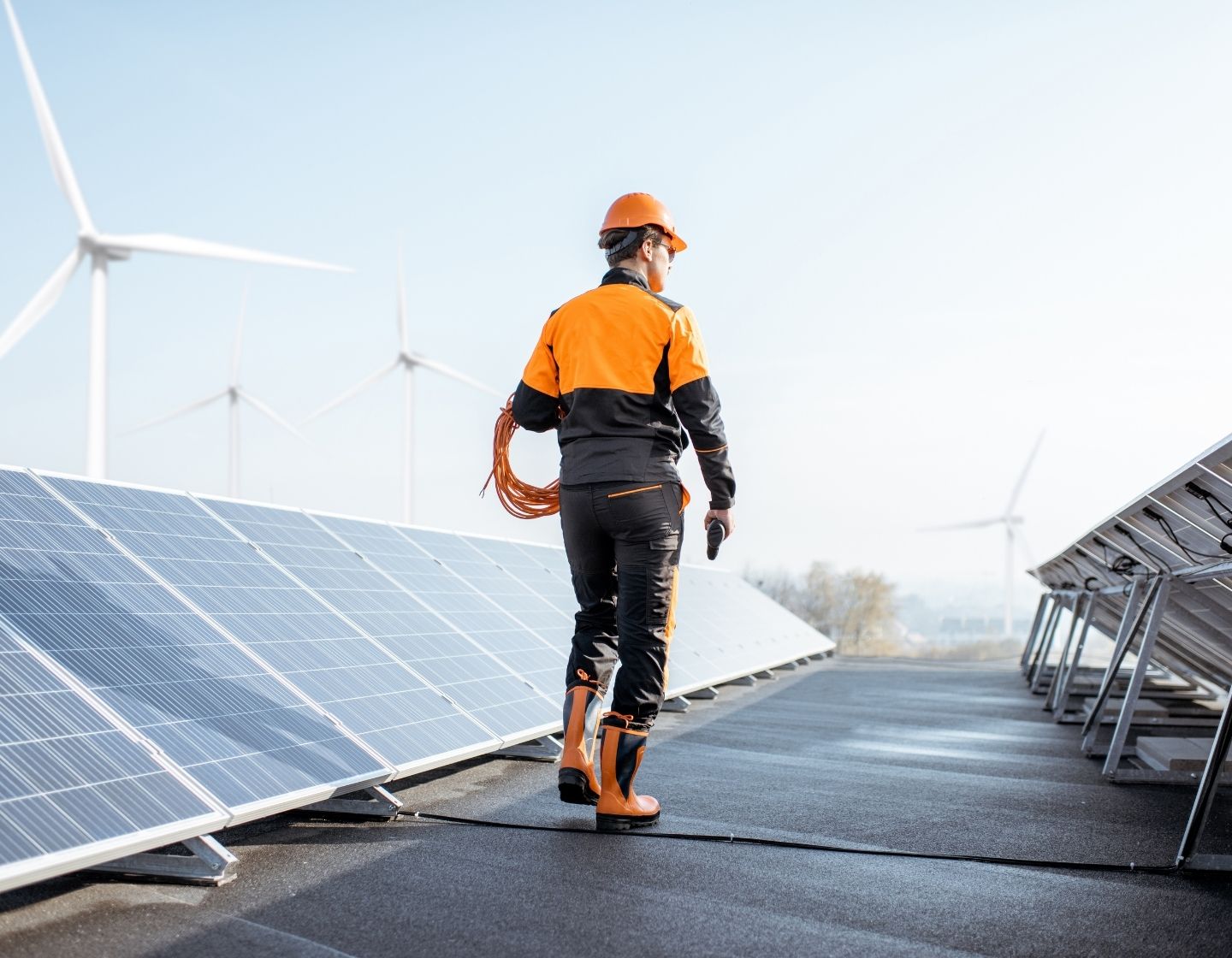
Costs and savings
The average solar PV system in the UK has 12 panels capable of generating between 3,000-3,500 kWh of electricity annually. Costs for a 3-bed semi-detached could be between £4,000 – £6,000. And remember that you now pay no VAT on solar panels.
The cost of installing solar panels has fallen by around 70% since 2010 when they really started to become popular. You can expect to see your electricity bills reduce by around 50% and even more with battery storage added.
Solar PV panels are designed to last for at least 25 years, and many are backed up by manufacturer’s warranties to give you peace of mind.
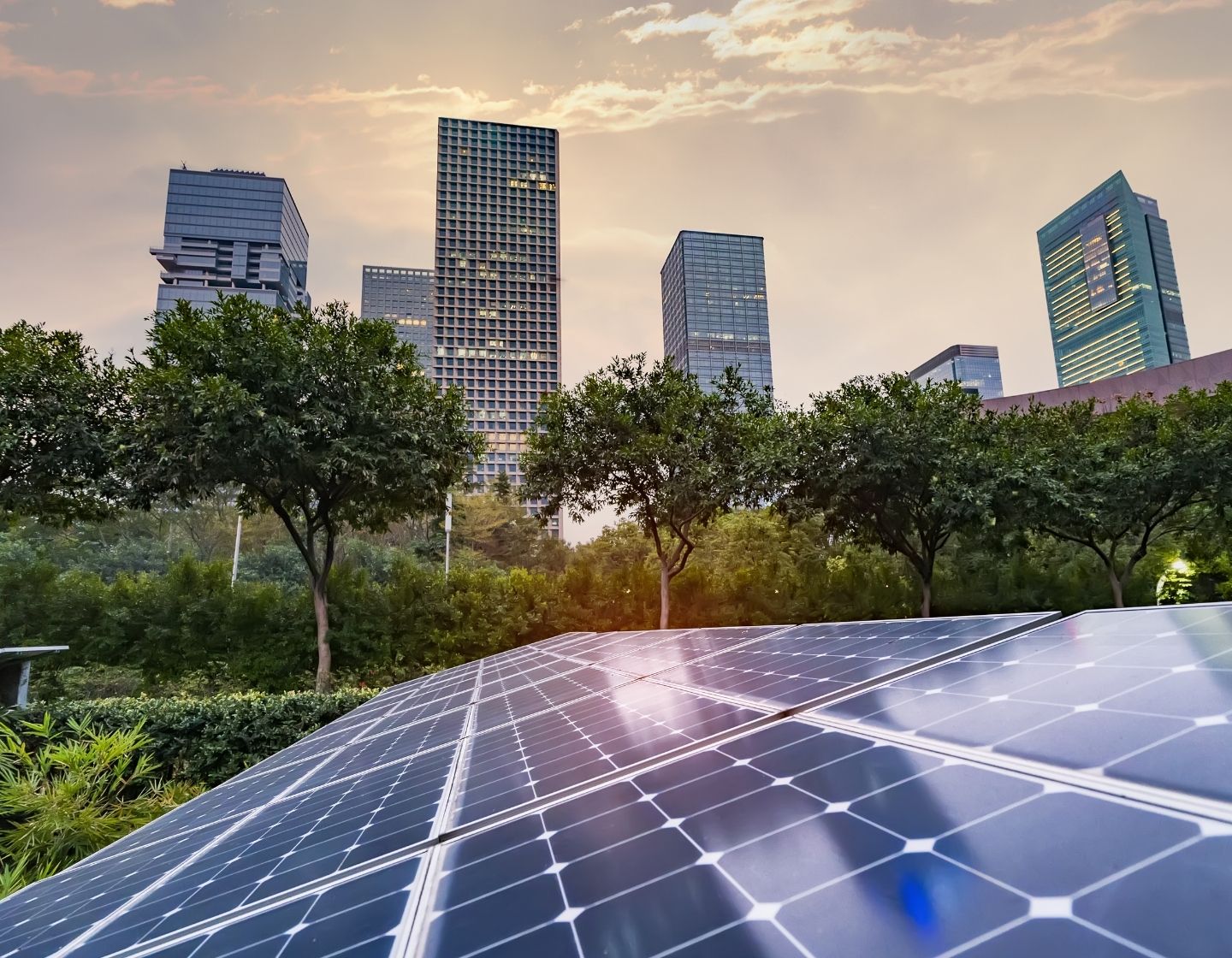
How solar panels work
Solar panels are made of solar cells which are basically a sandwich made up of two slices of semi-conducting material, usually silicon. They work by allowing photons, or particles of light, to knock electrons free from atoms, generating a flow of electricity.
During manufacture an electrical field is generated between the two layers of silicon, so that when a photon of sunlight knocks an electron free it is forced out of the cell and into the wires connecting the cells together.
Solar panels produce Direct Current (DC) electricity similar to that found in the batteries in your TV remote control. A typical solar panel can produce around 40 volts of DC electricity.
Solar panels are connected together to create “strings”. These strings are connected to an inverter to form a solar array. The number of panels in each “string” varies according to how many volts and how many amps the inverter needs to operate efficiently. This is all worked out by your solar design engineer.
The solar inverter is the brain of a solar PV system. It takes the DC electricity generated by the solar panels and converts it into usable Alternating Current (AC) electricity that can be used in your home to power appliances.
The inverter contains a lot of electronic circuits to make sure that the electricity you generate is of a suitable quality for your home appliances to use without causing damage to them.
The inverter is also there to protect the National Grid. If the energy you exported to the grid was not of the right quality, it could cause power failures or damage to the network or appliances connected to it. The inverter monitors the quality of the energy to make sure that it remains within the strict guidelines that our distribution network needs in order to operate efficiently.
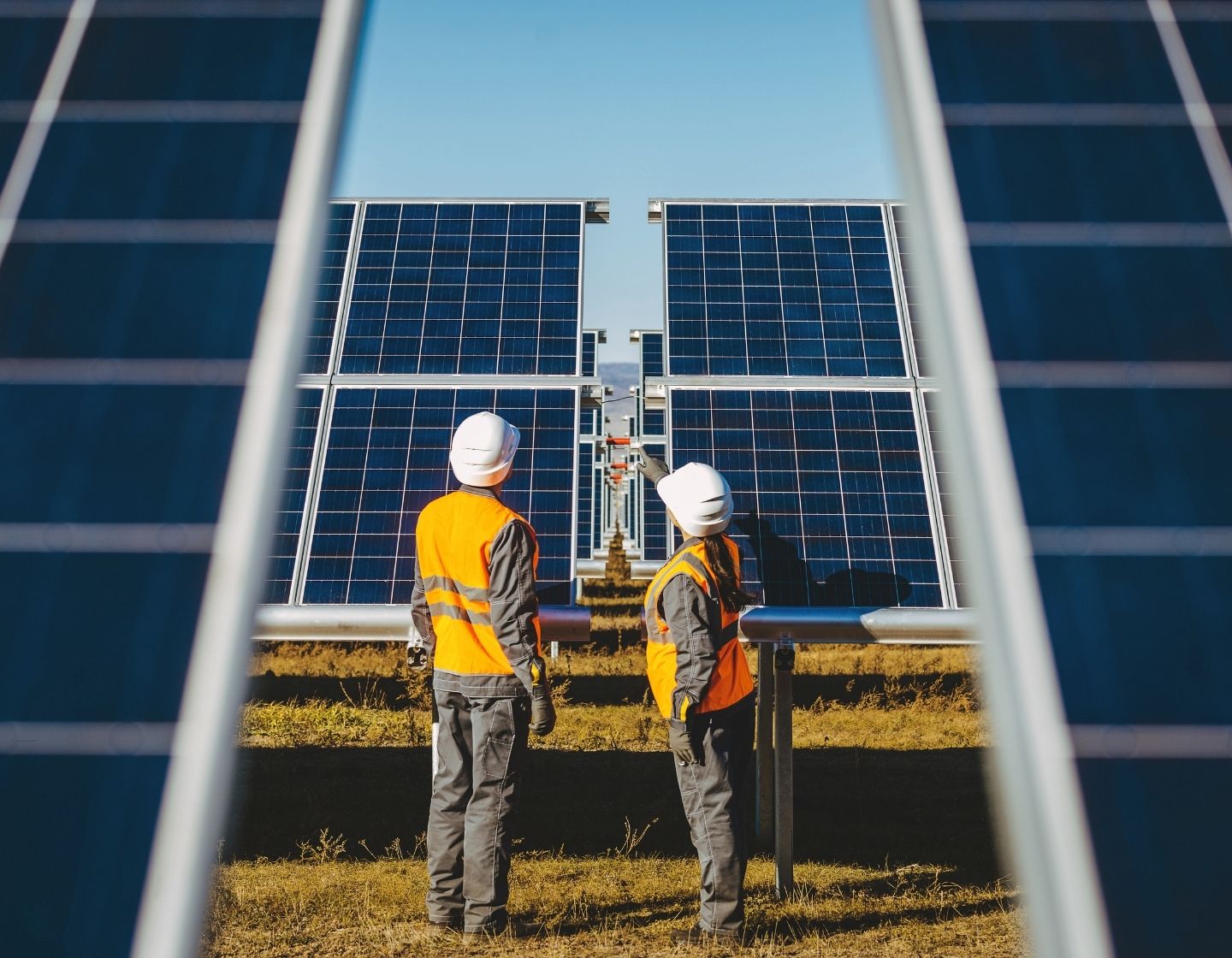
Solar panel installation
Although ideally, solar PV systems would be installed facing due South, useful amounts of energy can be generated from systems facing East and West as well, which your solar designer will advise on.
A good solar team would survey your home and carefully check the external and internal conditions, to make sure the property is suitable for panel installation. They should also check your consumer unit to test how the solar PV system will transfer the energy it captures into your home.
Typically, a domestic solar PV system can be completely installed in 1 day, although more complex designs may take a little longer.

